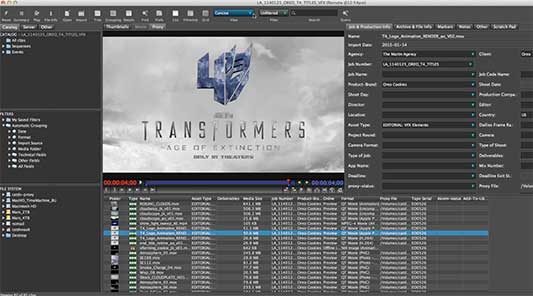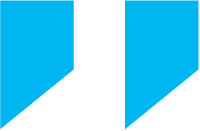Nomad Editing


Thanks to CatDV, we have complete control over a massive archive of advertising assets and can deliver an efficient, collaborative MAM service across international locations and time zones.


Nomad Editing Expands Worldwide with CatDV and Akomi
Nomad Editing has built an enviable reputation as a creative editorial company with integrated computer graphics (CG), visual effects (VFX), graphics, and sound design for commercials, feature films, and music videos. In business since 1995, the company’s operations today extend from its Santa Monica headquarters to operations in New York, London, and Tokyo.
To support a global business, Nomad needs a fully functioning and easily accessible asset library. Nomad’s creative partners often need to review and reuse old materials while also viewing work in progress.
Locating required assets has not always been easy, though. In the past, the team members often had to use spreadsheets to find files stored on video tapes, hard drives, and DVDs. As Nomad grew, the studio invested in an LTO tape solution for archiving, but even that system had limitations as Nomad added more clients and expanded operations.
The studio also had to handle a dramatic increase in the size of media files as video production teams increasingly moved to digital cameras that captured RAW files. Meanwhile, client expectations were evolving: advertising companies wanted immediate access to media. “Our existing LTO tape system was getting swamped, finding media was in danger of becoming a guessing game,” says Matthew Poletto, technical producer at Nomad Editing.
The studio decided to make a change in its media asset management (MAM) approach. “We recognized the need to take our MAM to another level entirely, and decided to invest in a more intelligent, flexible, and scalable way to manage our assets globally,” says Poletto.
Scaling Up to Support a Growing Global Business with CatDV
Poletto discovered CatDV in 2011. “The alternatives were either prohibitively expensive, or technical overkill, or both,” says Poletto.
Poletto also liked the ability to integrate CatDV with solutions from other vendors, such as North Shore Automation’s client-facing Akomi web portal. “We could see a clear, cost-effective path to scale-up into a larger enterprise system in the future,” says Poletto.
Poletto selected CatDV for asset management and integrated the system with the studio’s existing LTO tape archiving environment. “Our media asset management was transformed in an instant,” he says. “In the first year, we archived, and made over two million assets available, via CatDV.”
With Nomad generating approximately 10 TB of assets per month at its LA headquarters alone, the studio soon scaled up its initial installation. To support international collaboration while maintaining asset security, Nomad integrated CatDV with an Akomi web portal. “Thanks to the power of CatDV with Akomi, we have complete control over a massive archive of advertising assets and deliver an efficient, accurate, and collaborative MAM service across local, national, and international locations,” says Poletto.
Optimizing Storage with a “Reverse Archive” Solution
The large volume of content that Nomad handles required a unique approach to asset management and storage. A CatDV team worked with North Shore Automation and StorageDNA to create a “reverse archive workflow solution.” Project assets are archived to a DNAevolution system first and, through middleware developed by North Shore Automation, only the required media plus associated metadata, are parsed to CatDV.
The integrated solution and unique “reverse archive” process also help speed retrieval of archived files when they are needed. “Assets can be retrieved in just a few minutes.”
Enabling Simple, Secure, and Fast Asset Searches
For Nomad’s agency clients, CatDV with Akomi dramatically simplified the process of finding assets. “Less technical users can search for footage, create in and out markers on clips, write descriptions, print screengrabs, create playlists, and share all of that very easily to multiple recipients,” says Poletto. “As this is all done on a private, in-house system, rather than the cloud—clients have complete peace of mind that their assets are safe and secure.”
Facilitating Cross-Border Collaboration
Nomad is using the integration of CatDV with Akomi to enhance creative collaboration among its global offices. For example, a cut made in by an Adobe editor in Los Angeles can be dropped into an Akomi folder and rapidly published to multiple recipients for viewing and annotation using CatDV Worker Node.
“The traditional route of uploading work in progress to the cloud is notoriously slow, and possibly insecure,” says Poletto. “With CatDV and Akomi, the assets are published in seconds. A finishing artist in New York or London can pick up the project with the certainty of having the correct assets, and the latest cut, eliminating the possibility of any costly errors. The international barriers of distance and time have gone. The workflow is now more unified between our sites and were closer as a company.”


